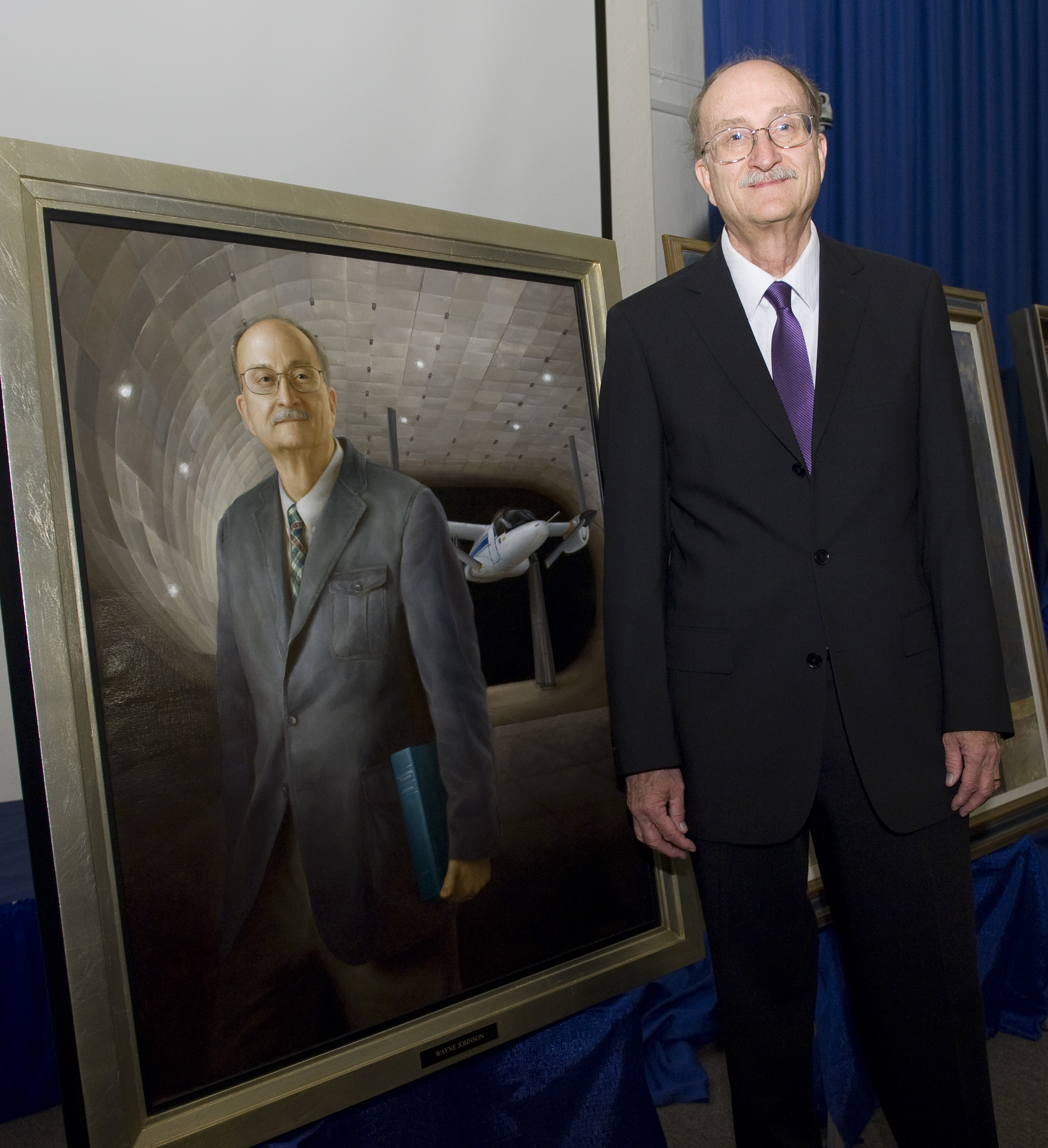Transparent Superconductors for Single-photon Detectors
Manuel Quevedo-Lopez University Of Texas, Dallas ESI23 Quevedo-Lopez Quadchart.pdf Current SNSPD’s use a thin, superconducting film to detect photons. These films are highly reflective and must be made very thin, on the order of a few nanometers, in order to allow light to interact with their entire thickness. This leads to numerous drawbacks including lower […]
1 min read
Preparations for Next Moonwalk Simulations Underway (and Underwater)
Manuel Quevedo-Lopez
University Of Texas, Dallas
ESI23 Quevedo-Lopez Quadchart.pdf
Current SNSPD’s use a thin, superconducting film to detect photons. These films are highly reflective and must be made very thin, on the order of a few nanometers, in order to allow light to interact with their entire thickness. This leads to numerous drawbacks including lower sensitivity and higher signal noise. Professor Lopez will work to develop a new generation of transparent superconducting films for SNSPD applications to overcome these performance limitations.
What's Your Reaction?



















.jpg?#)

































